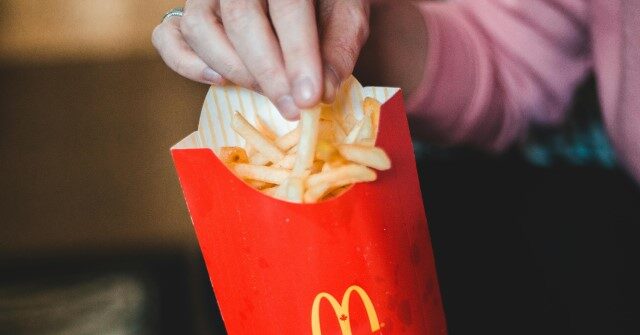Lamb Weston Holdings, Inc., the largest producer of French fries in North America, recently announced the closure of its plant in Connell, Washington, alongside plans to lay off around 375 employees. This decision stems from a significant downturn in business performance as reported in the company’s earnings for the first quarter of Fiscal Year 2025. Tom Werner, the company’s president and CEO, highlighted that “soft” restaurant traffic, along with a decrease in demand for frozen potatoes, contributed to a detrimental financial performance, revealing a 46 percent drop in net income compared to the same period in the previous fiscal year.
The figures presented by Lamb Weston indicate a worrying trend for the company and the industry at large. With net income falling to $127 million, Werner pointed to the company’s strategic move to close the older, higher-cost facility in Washington as a necessary step toward improving operational efficiency and overall profitability. This plant closure is projected to reduce the workforce by approximately four percent, which reflects a broader trend of decreased demand for French fries in the market. Werner acknowledged that while the financial results were somewhat in line with expectations, the challenges posed by restaurant traffic and frozen potato demand are anticipated to persist throughout the fiscal year.
The operational restructuring aims to position Lamb Weston for long-term positive outcomes despite the current market challenges. In Werner’s perspective, these “proactive steps” will not only enhance the company’s cash flow but also allow it to maintain its commitment to strategic investments that support customer relationships and stakeholder value. Given that Lamb Weston supplies a considerable amount of French fries to well-known fast-food chains, including McDonald’s, the company’s performance can potentially have ripple effects throughout the industry.
The overall state of fast food has been affected by rising prices, which have soared by 33 percent since 2019. Grocery prices have also surged, increasing by 26 percent during that same period. In response, major fast-food chains have introduced special meal deals in an attempt to attract cost-conscious consumers. McDonald’s recently launched a $5 “Meal Deal,” featuring various food items including fries, designed to draw customers back amidst changing consumer preferences and financial pressures.
Despite these promotional strategies from competitors such as Burger King and Wendy’s, the demand for fries remains lower than before, as illustrated by consumers opting for smaller portions when purchasing meal deals. Werner noted that many are trading down from medium to small fries, indicating a shift in consumer behavior prioritizing cost over quantity. This trend points to the ongoing challenges faced by companies like Lamb Weston in maintaining market share amidst a fluctuating economy and shifting consumer habits.
In summary, the closure of Lamb Weston’s Connell plant and the impending layoffs underscore a broader issue of declining demand for frozen potato products in the fast-food industry. With rising food prices influencing consumer choices, restaurants are fighting to retain customer interest through value-oriented promotions. However, it appears that the strategies are not wholly effective in reversing the trend of decreased French fry consumption, highlighting potential systemic challenges within the industry that may require adaptive strategies for future resilience.

